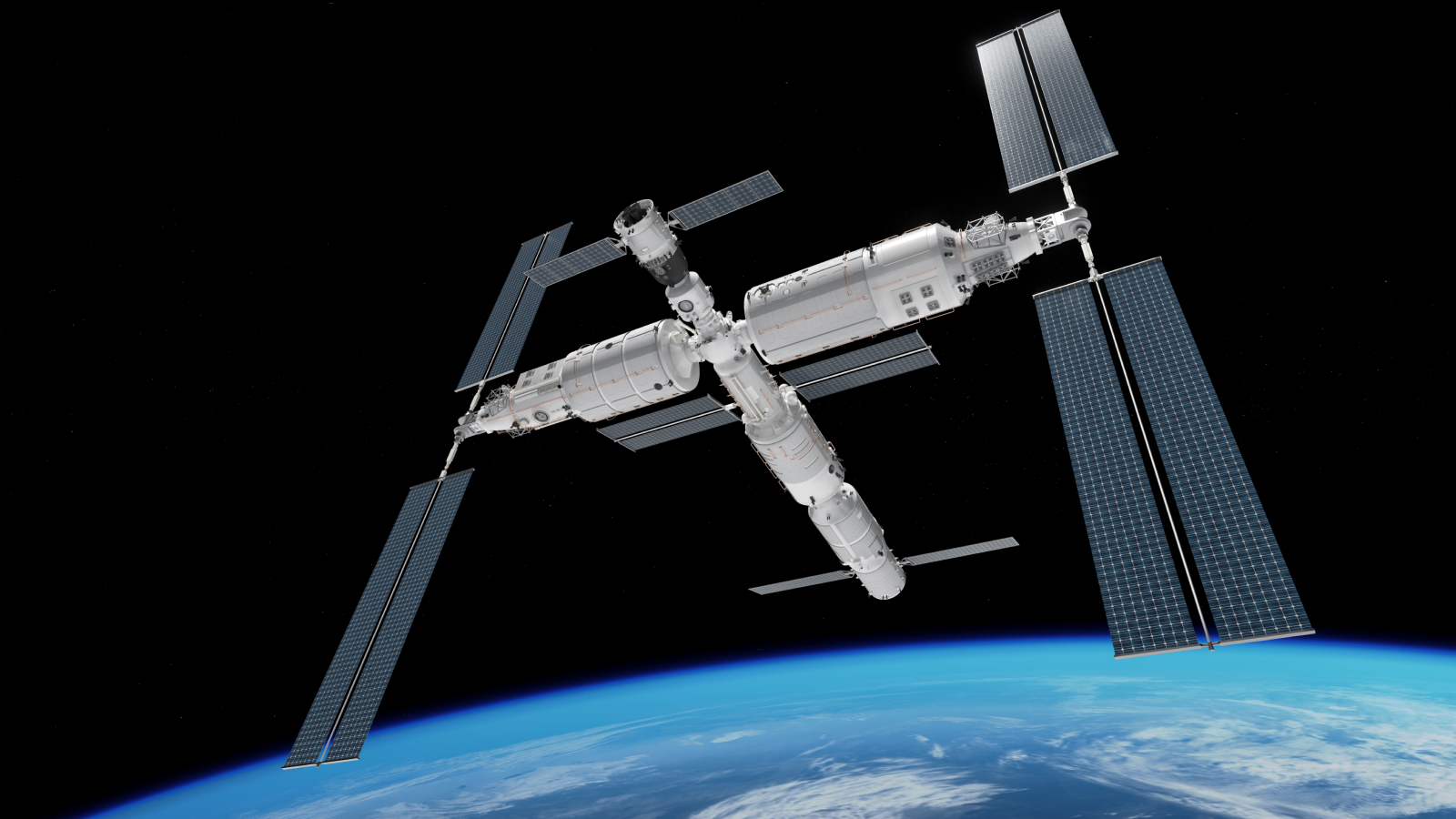
Scientists in China have created a satellite with laser-imaging technology powerful enough to capture human facial details from more than 60 miles (100 kilometers) away.
This breakthrough represents a performance increase of 100 times or more compared to leading spy cameras and traditional telescopes, according to a report on the new technology in the South China Morning Post.
Amongst a broad gamut of potential applications, the technology could allow operators to surveil foreign satellites to a previously impossible level of detail. The researchers at China’s Academy of Sciences’ Aerospace Information Research Institute outlined their findings in a new study published in the Chinese Journal of Lasers (Issue 52, Volume 3).
Related: NASA and Japan launch world's 1st wooden satellite into orbit
According to the South China Morning Post, the scientists conducted a test across Qinghai Lake in the northwest of the country with a new system based on synthetic aperture lidar (SAL), a type of laser radar capable of constructing two-dimensional or three-dimensional images.
How this new powerful spy satellite works
SAL relies on the motion of an object (like a satellite) to provide finer resolution images than other, beam-scanning radar imagery systems. Previous SAR systems have relied on microwave radiation, which has longer wavelengths, which results in lower resolution images.
However, this new system operates at optical wavelengths, which have much shorter wavelengths than microwaves and produce clearer images (though microwaves are better for penetrating into materials, because their longer wavelengths aren’t scattered or absorbed as easily).
During the test, which targeted arrays of reflective prisms placed 63.3 miles (101.8 km) away from the lidar system, the device detected details as small as 0.07 inches (1.7 millimeters) and measured distances to within 0.61 inches (15.6 mm).
This is a huge leap forward from previous milestones, like a 2011 test conducted by defense firm Lockheed Martin that was able to achieve an azimuth resolution of 0.79 inches (2 centimeters) from only 1 mile (1.6 km) away, or a Chinese test where scientists achieved a then-best 1.97 inch (5 cm) resolution at a distance of 4.3 miles (6.9 km).
To achieve this latest breakthrough, the Chinese team split the laser-beam driving the lidar system across a 4x4 micro-lens array, which in turn expanded the system’s optical aperture — the opening that controls the amount of light entering a camera system — from 0.68 to 2.71 inches (17.2 mm to 68.8 mm). In this way, researchers could bypass the tradeoff of field of vision versus size of aperture, which has historically restricted such camera systems.
It’s important to note that testing took place during near perfect weather and atmospheric conditions with steady wind and limited cloud cover. Inclement weather or other impairments to visibility could significantly impact the system’s precision and reliability.







